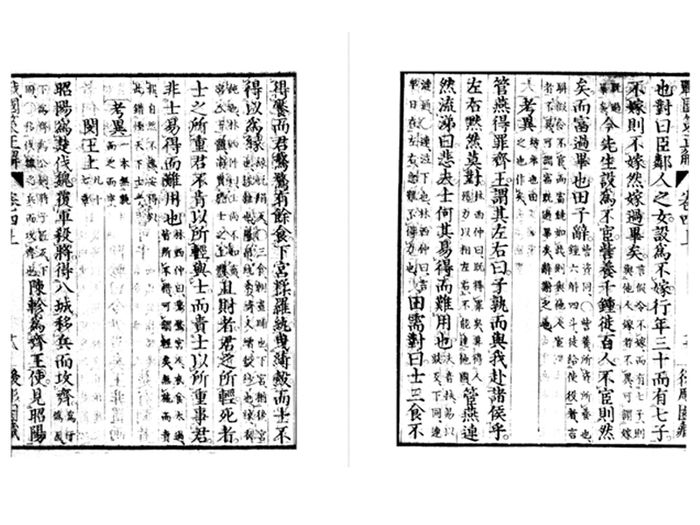(Translation) 畫蛇添足
| Primary Source | ||
|---|---|---|
 |
Title | |
| English | ||
| Chinese | ||
| Korean(RR) | ||
| Text Details | ||
| Genre | ||
| Type | ||
| Author(s) | ||
| Year | ||
| Source | ||
| Key Concepts | ||
| Translation Info | ||
| Translator(s) | Participants of 2018 Summer Hanmun Workshop (Intermediate Training Group) | |
| Editor(s) | ||
| Year | 2018 | |
Original Script
Translation
Student: Jelena Gledić
In the state of Chu there was an official in charge of sacrificial rituals who bestowed his staff a goblet of wine. The staff talked among themselves: “If several people drink it, it is not enough. If one person drinks it, there is too much. Let us [each] draw a snake on the ground, and whoever finishes first drinks the wine.” One person’s snake was finished first, [so] he pulled forth the wine and was about to drink it. Then, with his left hand holding the goblet and with his right hand [still] drawing the snake, he said: “I can give it legs.” He had not finished [yet when] another person’s snake was done, so [that person] snatched away the goblet and said: “Snakes certainly do not have feet, how could you give it feet?” Thereupon, he drank the wine. The person who gave the snake feet in the end did not get the wine.
“Strategies of the Warring States”, Strategies of Qi no. 2
- Discussion Questions:
+ I was thinking whether to leave 酒 as liquor, as it can be many types of liquor, but as 卮 also has the meaning "a measure of wine", I decided to go with "wine". Of course, perhaps the author of the dictionary entry saw wine as a generic term, but liquor sounded too generic for me in this translation.
(YO) This is from the Zhanguoce that contains the matters of 5th to 3rd centuries BCE. So there is a good odds that it is a type of brewed rice wine (黃酒), since distilled liquor (白酒) came out rather late (around Tang). So, it is actually more accurate to call it wine.